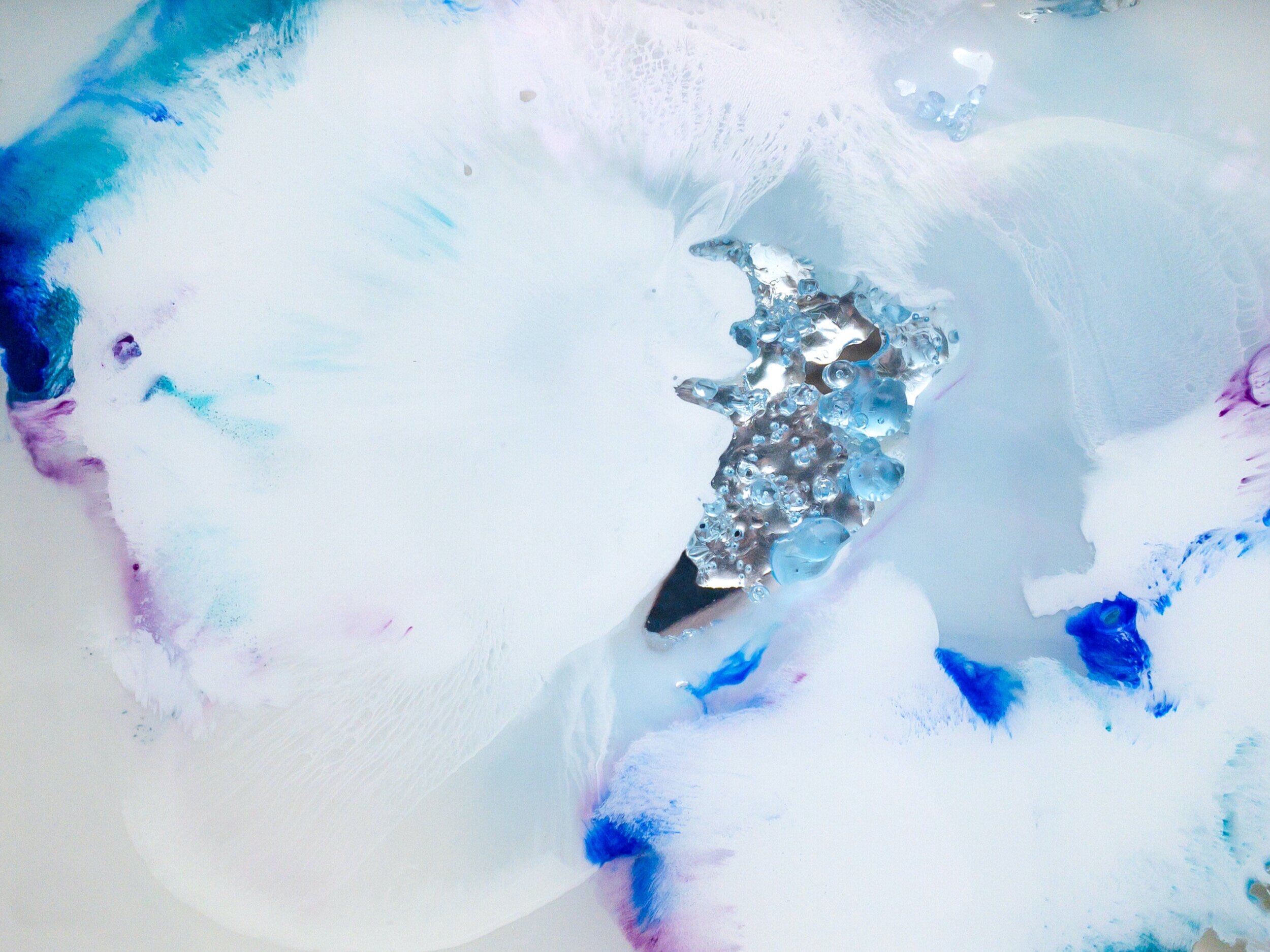Freeze Thaw




“The warm sun, beating on icebergs, melted the snow, so that white ice only remained, tinged with the delicate hues of aquamarine and tourmaline; whilst every crack was turquoise and each deeper fissure azure.”
— Herbert Ponting, The Great White South, 29th December, 1911


Bergy Bits and Growlers
Icebergs vary dramatically in scale with some of the larger, so-called ‘tabular’ bergs often the size of small islands. Chunks of ice that break off these larger icebergs and which are too small to be strictly classified as icebergs themselves are know as ‘Bergy Bits’ (1-5m high and 5-15m long) and ‘Growlers’ (less than 1m high and 5m long). Lying low in the water, growlers in particular are difficult to spot and can often pose a problem for shipping.



“You have to understand the physics of ice, how it grows and how ice moves in the currents. Ice is not ice is not ice. As it ages, salt leaches out and the ice becomes hard and it also gets thicker... Once you’re in an ice field, you’re manoeuvring constantly. Knowing that the ship that you’re on by virtue of its ice class alone may or may not be able to transit that particular type of ice. Being aware of how that ship behaves becomes part of the artistry.”
Navigate, 2017



Into The Blue
Snow looks white because it is full of air pockets, which act as minute, reflective ‘rooms’, the walls of which bounce and scatter full spectrum light off their surfaces. If snow melts and then re-freezes or if it is compacted, these pockets of air diminish and more light is able to be absorbed by the forming ice. Red wavelength light is the first to be absorbed, leaving behind the rich, intense blues often associated with glaciers. In Into The Blue I and II, Lucy uses pressure to scrape her way through the looser, top surface layers of wax, revealing the more solid, intense blues below.


